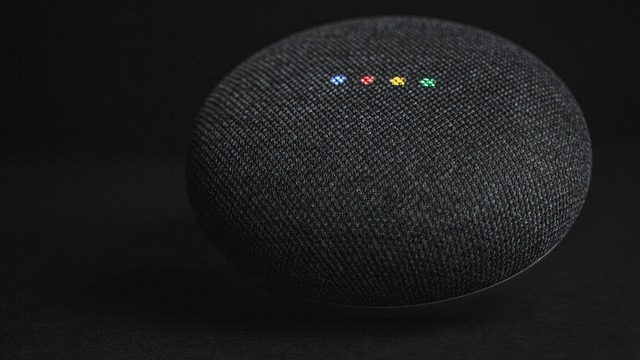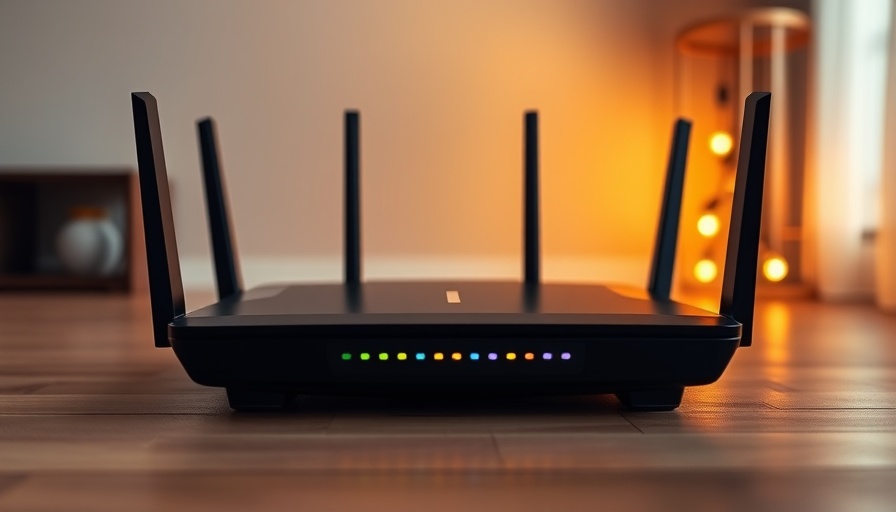
Understanding Smart Home Technology
As we embrace technology in everyday life, the concept of a smart home has emerged as a cornerstone of modern living. Smart home technology encompasses a range of devices that enable homeowners to manage their homes from anywhere, improving convenience, security, and efficiency.
Components of a Smart Home
A smart home typically includes devices such as smart locks, thermostats, lights, and security systems. These components work together through a central hub or smart speaker, allowing users to control their home environment with voice commands or mobile apps. Emerging innovations like smart appliances, automated curtains, and health-monitoring devices further enhance this interconnected ecosystem.
The Benefits of Upgrading to a Smart Home
The transition to a smart home is not just about luxury; it offers numerous practical benefits. For instance, smart thermostats can adjust temperatures based on occupancy patterns, leading to significant energy savings. Home security systems equipped with cameras and motion sensors provide real-time monitoring, potentially deterring break-ins.
Risk Factors to Consider
While the advantages are compelling, there are risks associated with smart home technology. Cybersecurity is a primary concern, as connected devices can be vulnerable to hacking. Regular updates and strong passwords are essential measures homeowners must adopt to protect their devices. Furthermore, dependence on technology raises questions about privacy and data handling practices.
Future Predictions in Smart Home Technology
Looking ahead, the smart home market is predicted to grow substantially. As artificial intelligence advances, we can expect smarter systems capable of learning from user behaviors and optimizing home environments. This evolution will lead to increased integration of smart home technology with other sectors, such as healthcare and energy management.
Making Informed Decisions
For those considering investing in smart home technology, it's crucial to assess personal needs and budget constraints. Start with foundational devices like smart lighting or heating, then expand to other areas based on lifestyle and preferences. By leveraging expert insights and consumer reviews, homeowners can find the best solutions tailored to their unique needs.
Conclusion: Why Embrace Smart Home Innovations?
In an age where technology is intertwined with daily life, embracing smart home innovations is not just a trend but a step towards an efficient, secure, and connected living environment. As you explore upgrades for your home, consider the various options available and how they can enhance your quality of life today and in the future.
 Add Row
Add Row  Add
Add 




Write A Comment